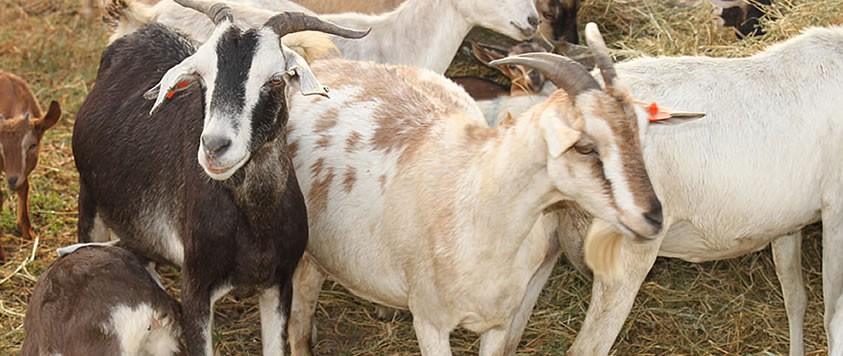Introduction
Implemetation Details
This has created shortage of quality chevon and mutton in the Kenyan markets. The current annual demand for sheep and goat meat in Kenya is estimated at 120,000 MT against estimated supply of 92,000 MT, giving a deficit of about 28,000 MT.
Market demand for live animals in the Middle-East has not been fully exploited due to poor condition of the animals available in the country. Studies undertaken in Marsabit indicate concern by stockowners over high mortality (25-35%) and slow growth rates of their young kids and lambs.
KALRO developed technologies to address these challenges including appropriate housing, nutrition and strategic deworming. Adoption of these technologies led to improved growth rates and reduced mortality rates (to less than 10%) in test flocks. The action under the AgriFI project aimed at upscaling these technologies to benefit more pastoralists.


